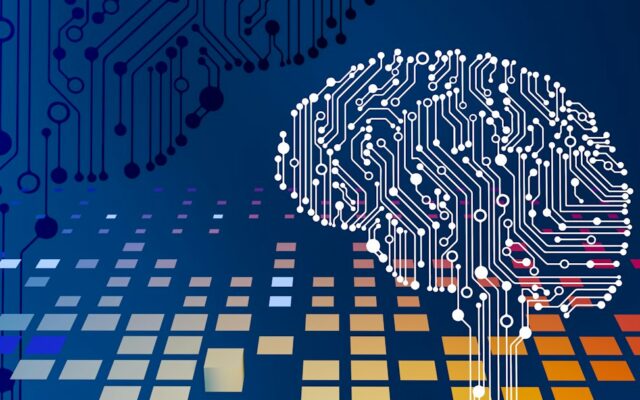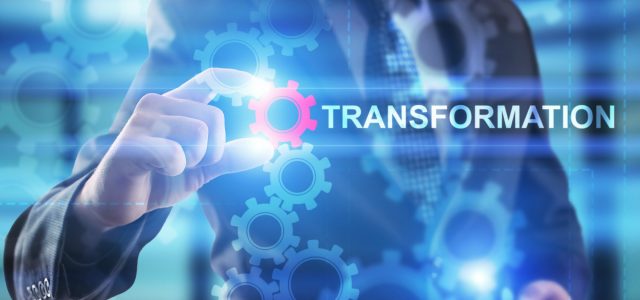I have in a previous article introduced guidelines for integrating Artificial Intelligence into HR. This piece aims to dive deeper into the subject, highlighting potential use cases for HR professionals. Please note that the presented use cases are just a glimpse into the vast landscape of AI applications in HR, with possibilities extending far beyond these scenarios.
“Questions like “What is life?” or “Is life possible?” are no longer interesting questions because they have been answered. The question of artificial intelligence is the same, there are many questions, unanswered questions about it, but it no longer makes sense to ask the question of whether it is possible.” (Daniel C. Dennett)
Let’s begin with some compelling evidence: the phenomenon is undeniably widespread, with HR directors from various companies sharing remarkably consistent perspectives.
As per Gartner’s research:
- 76% of HR managers believe that failing to adopt and implement GenAI within 12–24 months will hinder their organizations’ success.
- The primary objectives for harnessing GenAI in HR include enhancing efficiency (77%), elevating the employee experience (52%), and bolstering decision-making (43%).
- HR managers harbor significant concerns relating to data privacy and security (77%), addressing bias and discrimination (53%), and navigating legal compliance issues (41%).
Hence, it stands as an exceptionally pertinent subject, warranting particular attention from every HR professional. Now, let’s explore some application use cases that could mark a compelling turning point for HR practitioners globally.
Talent management and acquisition
The key advantages encompass heightened candidate engagement and the potential to secure candidates whose profiles align closely with the company’s requirements, streamlining the entire selection process. In more detail, here are some potential applications:
- Enhancing the company website and ‘career’ portal to attract candidates.
- Tailoring the text of recruitment campaigns.
- Crafting and personalizing job advertisements.
- Summarizing and transcribing candidate interviews.
- Generating and customizing offer letters.
- Developing and tailoring content for the onboarding process.
HR Services
Another facet poised to reap substantial rewards from the AI-driven process is the realm of services aimed at bolstering the corporate workforce. These advantages materialize as heightened productivity, enhanced knowledge dissemination, and elevated employee satisfaction and engagement. In finer detail, consider the following applications:
- HR Virtual Assistant: aids employees in swiftly and effortlessly resolving HR-related issues.
- Summarization of content and service requests: provides valuable support to HR agents.
- Summarization of knowledge base (KB) articles for employees: facilitates quicker and easier access to essential information.
- Generation of KB articles in response to user-identified knowledge gaps, often expressed in frequent Q&A interactions.
- Updating HR support staff responses: ensures responses remain up-to-date and in line with evolving needs.
- Classification of emails and documents: streamlines information management within the HR domain.
Learning
The learning and content development dimension of training, too, is not immune to the influence of HR, and indeed, it stands to gain substantially from the capacity to generate inventive and cost-effective content. This approach can also yield benefits in terms of scalability, efficiency, and content consistency. In more depth, consider the following applications:
- Adapting and updating existing learning content.
- Crafting and producing new content.
- Synthesizing and summarizing learning materials.
- Generating new images and animations.
- Creating quiz and assessment questions.
- Automating the processing of assessment results and streamlining the assessment process.
Talent & Skill
AI holds the potential to enhance the Talent and Skill dimension significantly. Specifically, it enables us to elevate the employee experience and better align career paths with individual skills and aspirations. By harnessing rapid data access and processing capabilities, we can offer immediate insights and predict career and training trajectories that align closely with user preferences and needs. In greater detail, here are specific applications:
- Enhanced performance feedback, incorporating a richer dataset and performance-related information.
- Recommendation of objectives, key results, and goals grounded in strategy, prior performance, and other relevant documents.
- Creation of performance feedback summaries through data-enriched dashboards.
- Alignment of proposed skills with specific job requirements.
- Career recommendations based on more extensive and refined profiling.
- Reading and analysis of specific competencies.
- Employee Voice: Assistance in defining surveys and constructing dashboards for actively gathering feedback from company personnel.
- Workforce Planning: Support in defining and optimizing planning strategies in harmony with individual competency profiles.
What about the Human Dimension?
Another critical dimension, one that should not be underestimated, is the impact of AI and its integration into the corporate landscape. This inevitable introduction leads to profound transformations in work models and organizational culture. As HR professionals, we must actively engage in this revolution, even when the use cases extend beyond our department or the company’s other functions. Specifically, I believe we play essential roles in at least five dimensions:
- Implementation Strategy: AI carries significant ethical, social, cultural, and organizational implications. HR professionals must have a seat at the table during AI implementation within the company.
- Governance Model: For the same reasons mentioned above, HR, along with other relevant business functions, should participate in leading and orchestrating the ongoing changes.
- Inclusion & Diversity: AI, as we are aware, can exhibit biases as it relies on statistical and predictive patterns, often reinforcing existing dominant norms that may not always align with inclusivity and diversity goals. Human oversight is essential to ensure output correctness and alignment with the company’s inclusion and diversity policies.
- Adoption & Change Management: Just like digital transformation, introducing AI into the workplace alters how work is done. HR should lead the charge in supporting this cultural shift and adoption process.
- Learning: Just as any technology requires learning, so too must our approach to AI adaptation and utilization evolve.
This is a challenge we must not underestimate, but more importantly, we must embrace as change catalysts.
Furthermore, it is crucial to underscore our adaptability in this rapidly changing landscape, which presents an entirely new set of challenges. As Ray Kurzweil emphasizes:
“If a machine can convincingly emulate a human, we should treat it with the same respect we afford a human — acknowledging its capacity for understanding” (Kurzweil, 2012: p. 266).
It’s worth highlighting that this intricate task demands an active and participative approach. As Cattaneo and Rivoltella advocate:
“This realm of expertise must be constructed through experimentation and the development of digital artifacts and scenarios that consider the unique dynamics of the digital context. Only by operating in this manner can educators move beyond mere integration of new possibilities and into a realm of innovation” (Cattaneo & Rivoltella, 2010: p. 33).
Article by channel:
Everything you need to know about Digital Transformation
The best articles, news and events direct to your inbox
Read more articles tagged: Future of Work, HR






